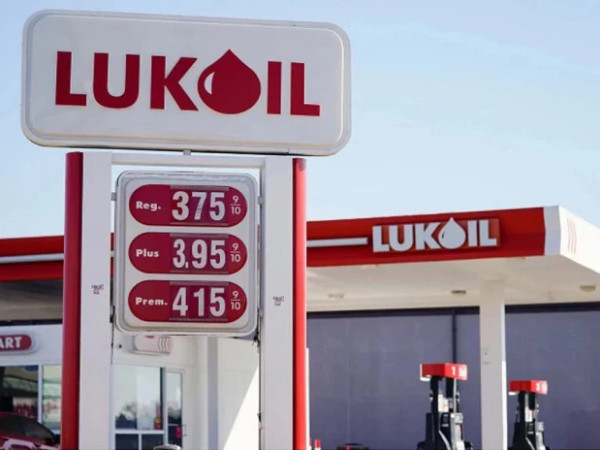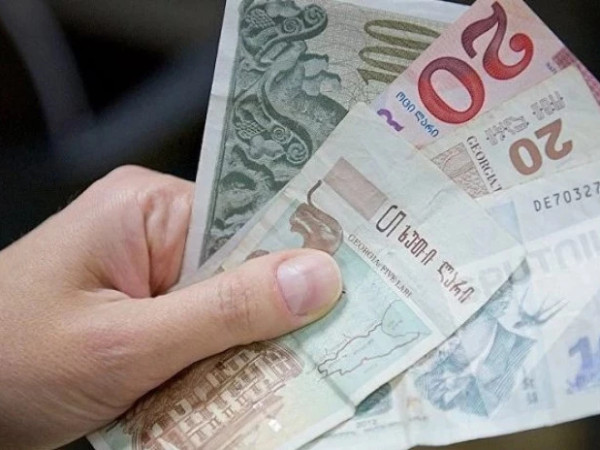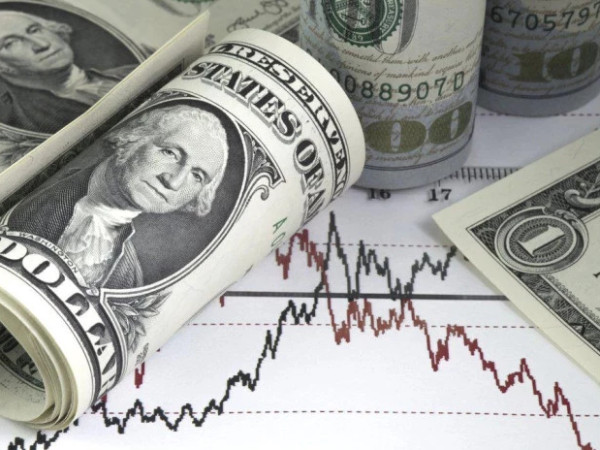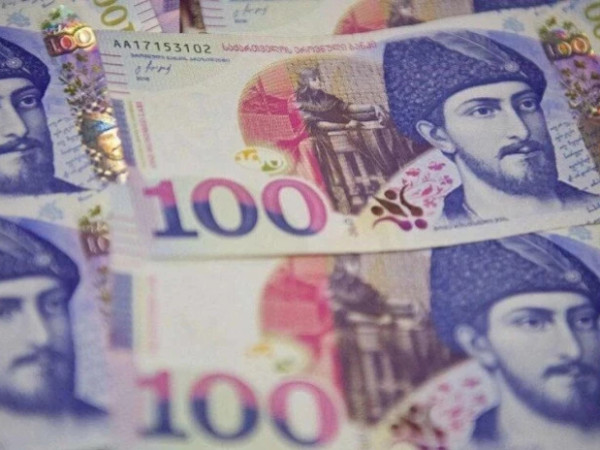In 2024, the EU exported €29.8 billion worth of alcoholic beverages, indicating a 10.9% increase since 2019 (€26.9 billion).
Exports were dominated by wine of fresh grapes, including fortified wines, representing 56.2% (€16.8 billion) of all alcoholic beverages. Spirits and liqueurs up the second biggest category, with 29.7% of the total (€8.9 billion), followed by beer, with 11.5% (€3.4 billion); cider, perry, mead, saké, and other fermented beverages, with 1.7% (€0.5 billion); and vermouth and other wines flavoured with plants or aromatics, with 1.0% (€0.3 billion).
France was by far the main EU exporter of alcoholic beverages to countries outside the EU in 2024, totalling €12.1 billion, representing 41% of the total. This country exported mostly wine (66.7% or €8.1 billion) and spirits and liqueurs (31.8% or €3.8 billion).
Italy followed in the 2nd place, with €6.0 billion (20% of the total EU exports to countries outside the EU), most of which (81.1% or €4.9 billion) was related to the export of wine. Spain and the Netherlands exported €2.5 billion and €2.3 billion (each 8%), respectively, but while the most significant category for Spain was wine (€1.6 billion), for the Netherlands it was beer (€1.3 billion).
In 2024, the United States was the main destination for EU alcoholic beverages, with exports totalling €8.9 billion (30% of the total). More than half of this value, €4.9 billion, is related to export of wine and another €2.9 billion to spirits and liqueurs.
The United Kingdom was the second biggest trade partner, with €4.9 billion (17% of the total), mostly connected to wine exports (68% or €3.3 billion). This country was followed by China and Canada (each €1.6 billion) and Switzerland (1.4 billion). While exports of alcoholic beverages to Canada and Switzerland were mostly wine, the main export category to China was spirits and liqueurs, with €0.7 billion (45%), followed by wine (€0.5 billion, 34%).


















